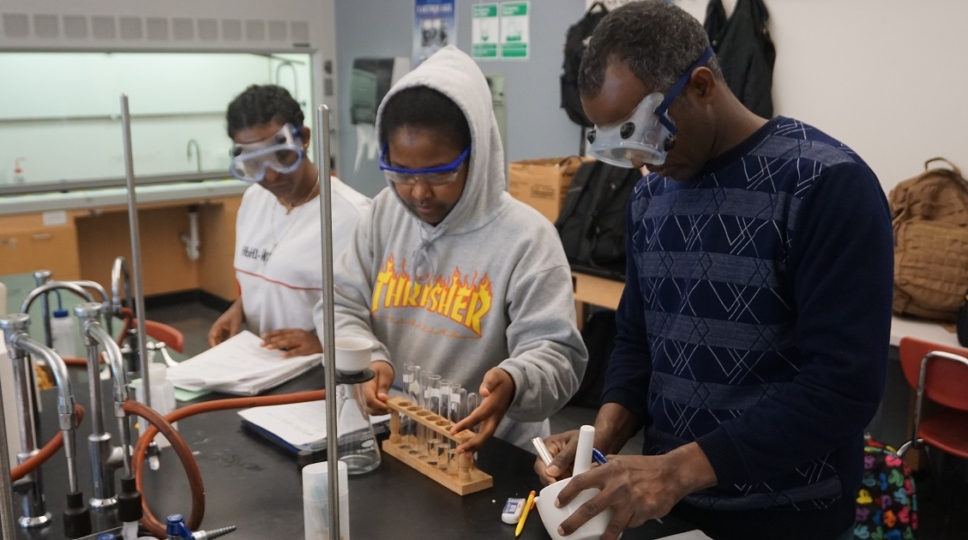
Racial Equity in the STEM Math Pathway: Designing for Disproportionate Benefit
September 7, 2022
by Helen Burns and Susan Singer
AAAS-IUSE Blog
Despite the importance of a solid foundation in mathematics for students pursuing STEM degrees, the STEM math pathway continues to serve as a primary barrier to students pursuing STEM degrees, a barrier felt more strongly by BIPOC (Black, Indigenous, People of Color) students (Herrara & Hurtado, 2014; Palmer & Wood, 2013). BIPOC students continue to be underrepresented in STEM, with African American students currently earning only 8.7% of bachelor’s degrees in science and engineering (National Science Board, 2022). This blog post focuses on designing for racial equity in the STEM math pathway in two-year colleges, institutions that overwhelmingly serve as the primary pathway into postsecondary education for historically underserved students. Designing for racial equity stands in contrast to colorblind approaches aimed to “lift all ships” while doing little to advance racial equity. Colorblind approaches ignore that mathematics is a racialized space and can reinforce dominant norms and traditions in STEM that led to BIPOC underrepresentation in the first place (Battey & Leyva, 2016; Davis & Martin, 2008). For example, mathematics programs may focus on outcomes assessment without disaggregating by race/ethnicity, or they may offer robust tutoring program without training their tutors in cultural responsiveness.
Read more:
https://www.aaas-iuse.org/racial-equity-in-math/